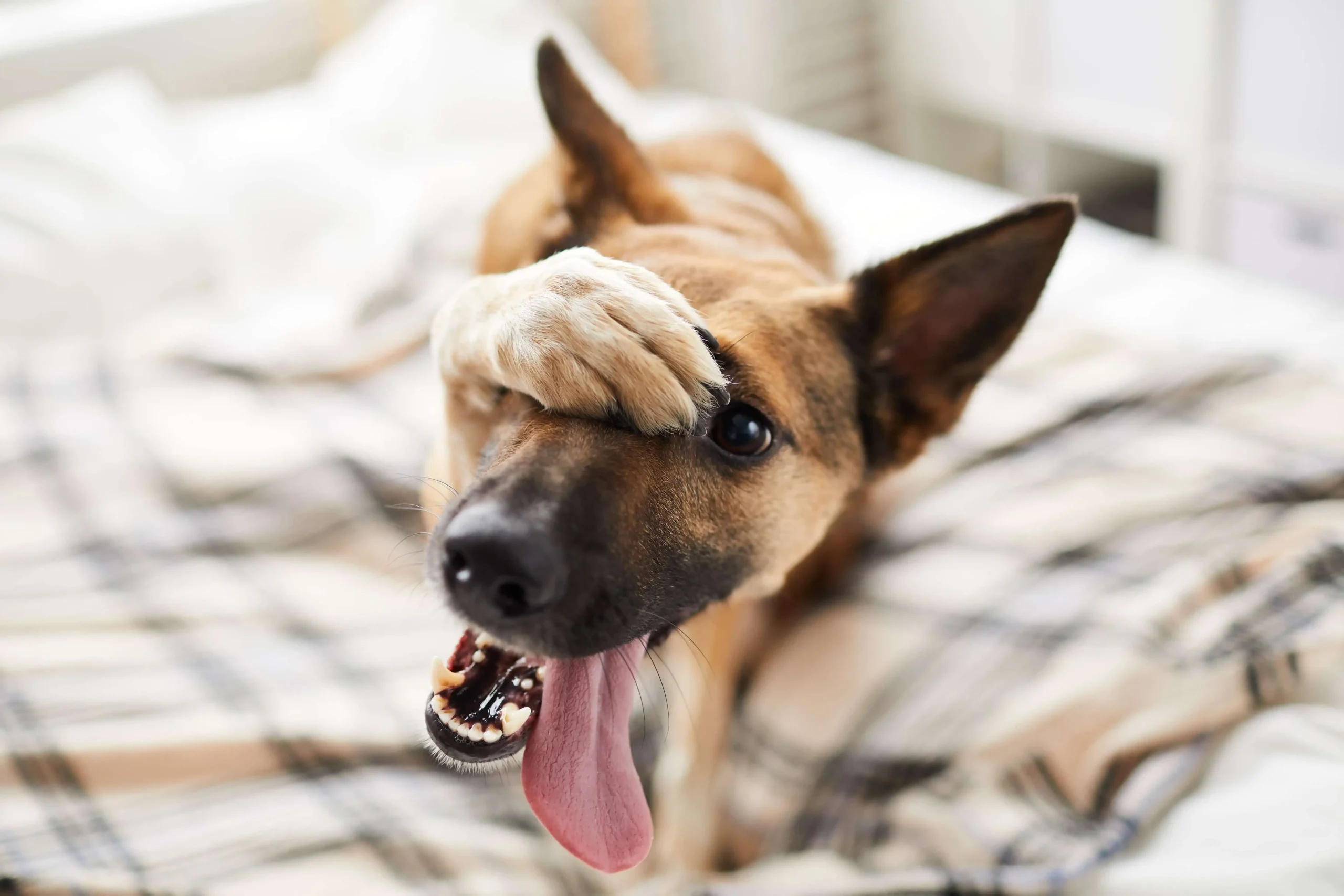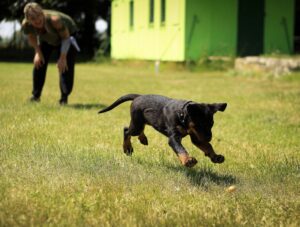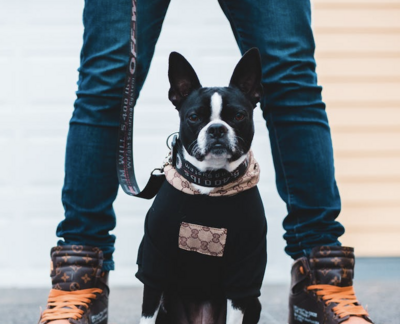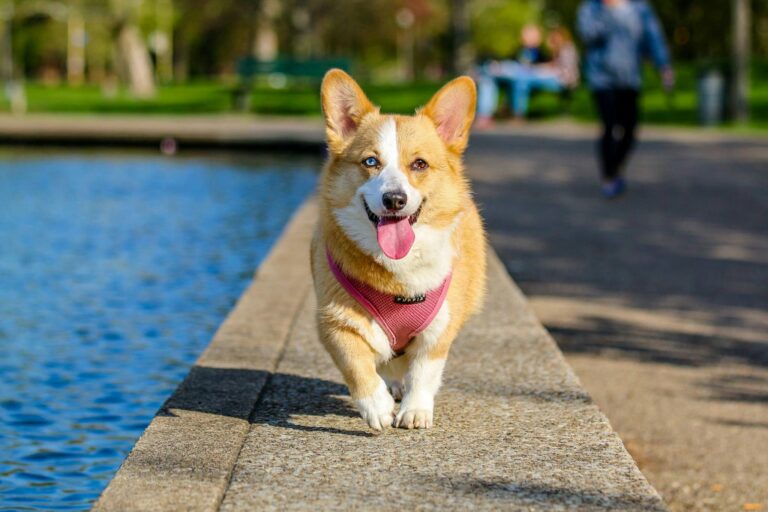The Signs of Thunderstorm Anxiety in Dogs You Shouldn’t Ignore
Thunderstorms can be a source of anxiety for many dogs. While some pets barely flinch at a rumble of thunder, others experience intense fear that can significantly affect their behavior and wellbeing. As a responsible pet owner, understanding and recognizing the signs of thunderstorm anxiety is critical—not only to provide comfort but also to prevent long-term behavioral issues.
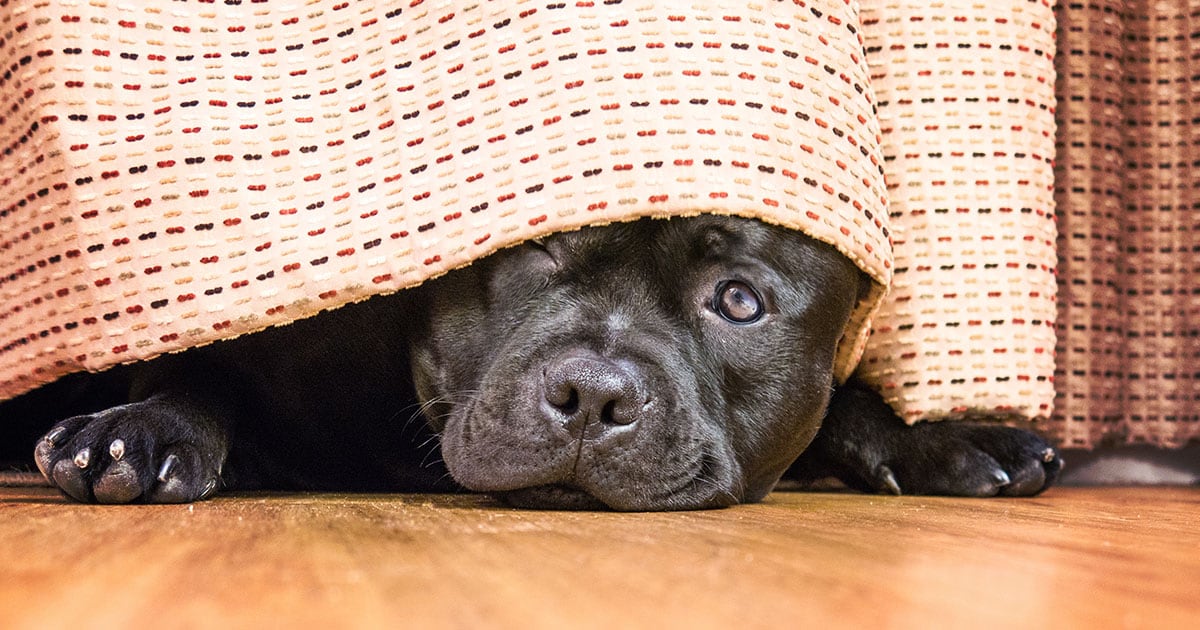
If your dog reacts strongly to storms, it may be more than just discomfort. Here are the most common and important signs of thunderstorm anxiety that you shouldn’t overlook.
1. Trembling or Shaking
One of the most obvious signs, trembling often begins before the storm even starts. Dogs are sensitive to changes in barometric pressure, and their anxiety may start building long before thunder becomes audible.
2. Excessive Panting or Drooling
Dogs may pant or drool more than usual as they become anxious. This is a physiological response to stress and should not be ignored, especially if your dog is otherwise calm and healthy.
3. Hiding or Seeking Shelter
Many anxious dogs will instinctively try to find a safe, enclosed space when they sense a storm coming. You might find them under the bed, in a closet, or even trying to dig or burrow into corners.
4. Pacing or Restlessness
A dog that cannot settle down, constantly walking around or pacing the house, may be showing signs of unease. This behavior can become more intense as the storm progresses.
5. Clinginess or Seeking Constant Reassurance
Some dogs will become overly attached during storms, following their owners from room to room, pawing for attention, or climbing onto laps. While it may seem endearing, it is often a sign of significant distress.
6. Vocalization: Barking, Whining, or Howling
Excessive vocalization is a common stress response. If your normally quiet dog starts barking or whining persistently during storms, it’s a sign they are feeling overwhelmed.
7. Destructive Behavior
Chewing furniture, scratching doors, or attempting to escape from confined spaces can be signs of panic. These behaviors can be dangerous for both your dog and your home.
8. Loss of House Training
An anxious dog may urinate or defecate indoors, even if they are well-trained. This isn’t disobedience—it’s a reaction to fear and should be addressed with understanding, not punishment.
9. Refusal to Eat or Drink
During intense storms, some dogs may refuse food or water. This can be a sign of extreme anxiety and may be paired with other physical symptoms like a tucked tail or flattened ears.
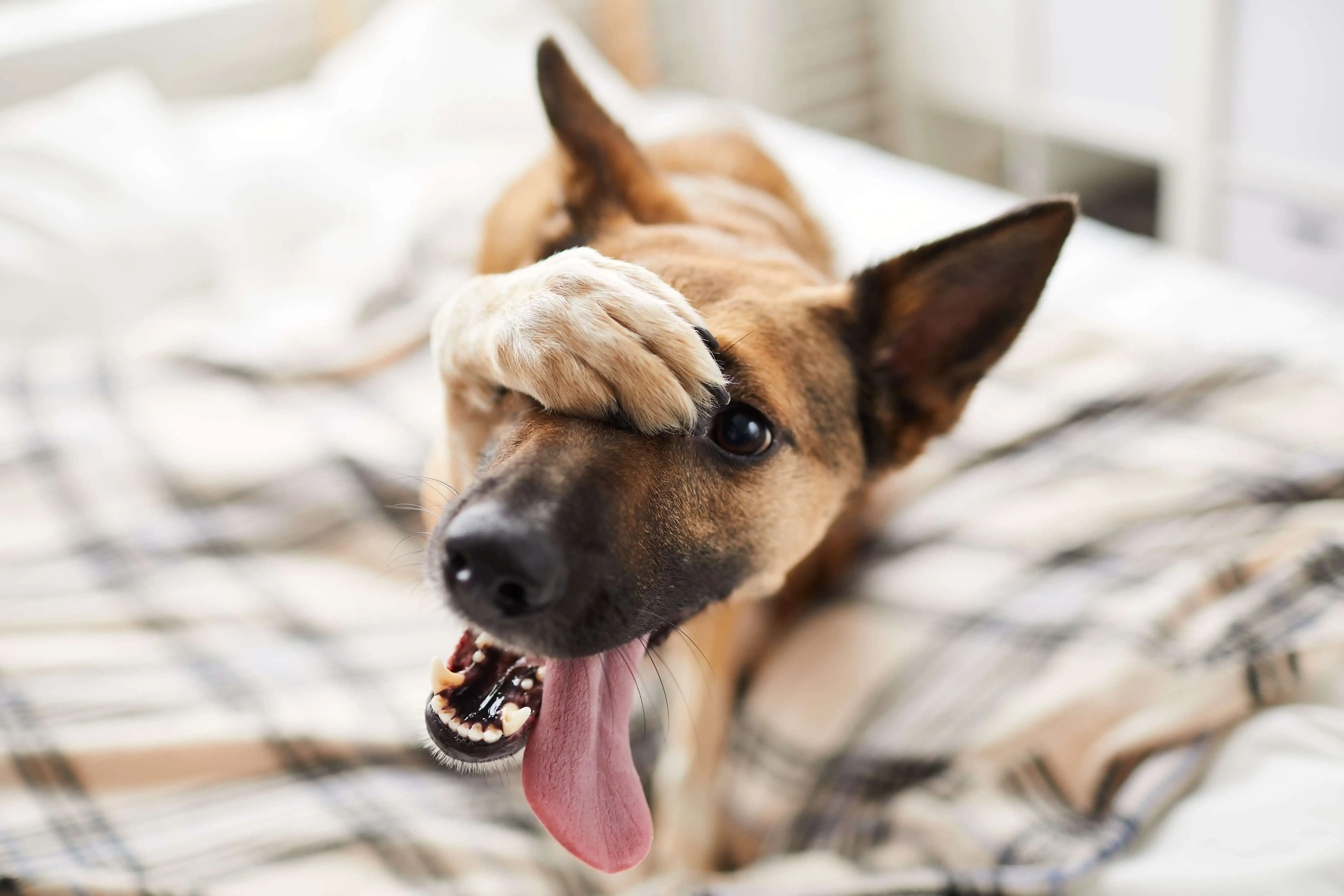
Why These Signs Matter
Ignoring these behaviors can lead to worsening anxiety over time. Dogs that are repeatedly traumatized by storms without proper intervention may begin to associate other environmental cues (like wind or dark clouds) with fear, creating a wider range of anxiety triggers.
Severe cases of storm phobia can escalate into generalized anxiety, where the dog is constantly on edge—even outside of storm season.
What to Do if Your Dog Shows These Signs
If your dog is exhibiting any of the above behaviors, it’s important to take their fear seriously. Here are a few first steps:
-
Create a safe and secure environment during storms
-
Talk to your veterinarian about anxiety treatments
-
Consider professional training or behavior therapy
-
Avoid punishing fearful behavior, which only increases stress
-
Try calming aids like anxiety wraps, pheromone diffusers, or soothing music
Ready to unleash your dog’s potential? Visit Off Leash K9 Training of Hampton Roads to explore our expert training programs that promise exceptional obedience and a strong bond with your canine companion. Whether you’re in the Hampton Roads area or NE North Carolina, our proven system will help your dog excel off-leash. Contact us today at (757) 296-8366 to start your journey towards a more obedient and joyful relationship with your dog

